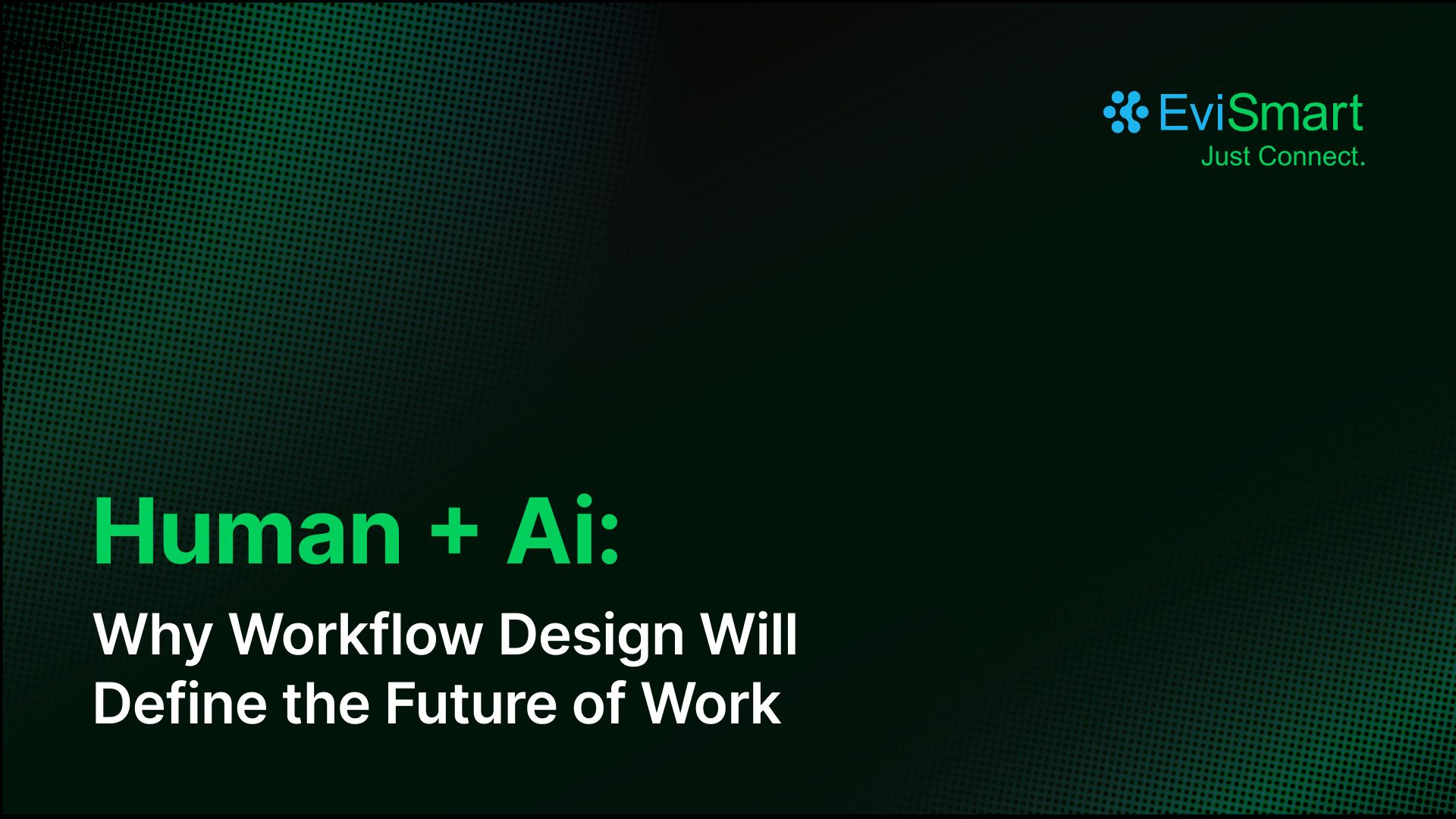Human + AI: Why Workflow Design, Not Just Models, Will Define the Future of Work

“The winners of the AI revolution won’t be those who adopt the most tools — they’ll be those who design the smartest workflows.” — Paolo Kalaw
We’re past the phase where AI is a novelty. It’s here, it’s scaling, and it’s accelerating exponentially.
But while most companies obsess over model size and chatbot tricks, the real competitive advantage is emerging somewhere else:
Workflow interaction.
The future of productivity isn’t about replacing humans with AI — it’s about redesigning how humans and AI work together to scale intelligence, speed, and output.
The Exponential Engine Is Real — But Incomplete
AI progress is compounding across three dimensions:
1. Smarter Models: Large Language Models (LLMs) are improving 3–4x annually, with open-source players closing the performance gap.
2. Faster Hardware: GPUs and NPUs are doubling compute throughput every 6 months — “Hyper Moore’s Law” in full effect.
3. Massive Compute Investment: Entire data centers are now built solely to train and deploy AI at scale.
These forces don’t just add up — they multiply. But capability without integration leads to chaos, not productivity.
Stop Bolting On AI — Start Architecting Workflows
What’s missing in most AI transformation plans?
Workflow architecture.
Throwing AI on top of legacy systems is like putting a rocket engine on a horse cart.
Real transformation begins when companies:
• Map workflows by task type and AI potential.
• Reallocate human roles to focus on decision-making, oversight, and exception handling.
• Embed AI agents into core operations — from customer success to finance to R&D.
We’re not talking about surface-level automation. We’re talking about deep system reconfiguration.
Human-AI Symbiosis: The Real Frontier
This is where the conversation shifts from tools to strategy.
Imagine:
• AI copilots managing 90% of routine work.
• Humans focusing on critical judgment, strategy, and creativity.
• Feedback loops where AI improves workflows, and workflows improve AI.
That’s workflow symbiosis — and it’s the most underleveraged growth engine of this decade.
It’s Not Just a Tech Race — It’s a Workflow Race
Yes, the U.S., China, EU, UAE, and Asia are in a global AI arms race. But raw model power alone won’t win.
The real strategic advantage lies in how seamlessly you can operationalize AI across people, processes, and platforms.
From Today’s AI to 1,000,000x Impact
Recursive self-improvement isn’t sci-fi anymore. We’re already seeing:
• AI helping design more efficient chips.
• AI optimizing its own learning loops.
• Closed-loop systems improving faster than human teams can iterate.
This is the gateway to Artificial General Intelligence (AGI) and, possibly, Artificial Superintelligence (ASI). But even before we get there, the real business opportunity is to:
Build intelligent systems that adapt, evolve, and accelerate human potential.
Your Next Move: Become a Workflow Architect
Here’s the leadership blueprint:
1. Audit your workflows. What can be automated, augmented, or restructured?
2. Train for judgment, not repetition. Upskill your teams for AI fluency.
3. Design for orchestration. Build interfaces and systems where humans and AI collaborate seamlessly.
4. Measure impact. Focus on outcomes, not just implementation.
Your Next Competitive Edge
Workflow design is no longer an IT initiative.
It’s a strategic mandate.
And the organizations that master human-AI workflow integration will dominate their industries in the next 5 years.
---
Paolo Kalaw, CEO, Evident
We build AI-powered platforms that transform healthcare. At Evident, we prove what’s possible: AI that streamlines workflows, scales revenue, and changes lives.
From digital dentistry to enterprise automation, We focus on one thing: Turning AI Into Impact.
